Dear friends, how old are you now? How much time do you think you would have to live? If you take a journey back to your past, would you say that your life has been a fruitful one so far? What would you use to measure your success? Is it your wealth, family, figure, occupation, the size of your house or land, or do you think of some other physical thing? Let’s say that it has been a pretty good life so far when these things are considered. Now let’s also say that you are in your elderly age, for an example in 60s. When considered the life span of human beings at present, one may have another 10 to 30 or 40 years to live at maximum. This means, no matter what physical wealth you have acquired in your life, you will have to leave all that behind when it is time to move on to the next life. So my last question is ‘have you practiced good deeds and had collected enough merits to get the next birth in a good world like a divine world?’ Because if your life account is sparse in merits, no good place will be available for you to be born. In a simpler explanation, it is like ending up with nothing left to live after spending all your money in a bank account.
So what should we do? Our Supreme Teacher, the Gautama Buddha, preached us that we have been in the Samsara (a birth followed by sickness, decay, death, and a birth again and so on) for a long time. At one time, He preached that if one collects all the tears he shed out of sorrow from his parents dying, that amount of tears is greater than the amount of water in the great ocean. That’s how much life times we have spent in the Samsara. He further unveiled the existence of various worlds and how beings get births in them and suffer. There are good worlds where one can have mostly pleasure like divine worlds and some worlds like human world where some pleasure and more suffering exist. Other than these two comparatively good worlds, there are lower planes of existence (Dugati worlds) like Asura, animal, ghost, and hell. In hell for example, one cannot even fathom how much suffering the beings have to face. With such uncertainty and danger of getting a birth in one of these Dugati worlds and suffer for an unimaginable amount of time, becoming a person who cultivates the Sōtapatti Anga (factors to become a stream-winner) is the only way to secure one’s life in this perilous Samsara. It is because only a person who has either entered or completed the path to be a stream-winner (Sōvān) is free of these treacherous worlds.
What are the Sōtapatti Anga? As Buddhists, we all know what the Triple Gem is, because we take refuge in it when each time we worship the Supreme Buddha. Yes, the Supreme Buddha, the Noble Dhamma, and the Noble Sangha are the Triple Gem. One’s unshakable faith towards the Triple Gem, that is, faith towards the Supreme Buddha, faith towards the Noble Dhamma, and the faith towards the Noble Sangha are the first three items in the Sōtapatti Anga. The fourth one is Āryakānta Sīla or in other words the five precepts we observe in our day-to-day lives as lay people and the eight precepts we observe on full moon (Pōya) days.
In order to acquire an unshakable faith towards the Supreme Buddha, one needs to first recognize the great qualities of Him and open his heart and accept Him as the one and only Teacher. In Pāli language it is called, “Saddahati Tathāgatassa Bōdhi”, which means accepting the realization of the Supreme Buddha. For that, we need to learn His great qualities, which He summarized in nine qualities for our benefit.
The Supreme Buddha eradicated all desires, hatred, and ignorance. He is therefore known as ‘Arahan’. Because He realized suffering, eradicated the cause of suffering, witnessed the cessation of suffering, and practiced the path leading to the cessation of suffering without any help of a teacher, He is known as the ‘Sammā Sambuddha’. He had many super human abilities such as travelling from sky without a help of a physical object, walking on water, moving through hard objects such as ground and walls, and move from one place to another invisibly. He had the ability to see (Dibba Chakkhu) and hear (Dibba Sōta) anything at any distance. He could recall any number of His past lives (Pubbēniwāsānussati Ñāna). Beings do many deeds both good and evil (Karma) and get births according to those actions. The Supreme Buddha could see these births (Chutūpapāta Ñāna) they get as a result of their Karma. He also could read others’ thoughts (Parachitta Vijānana Ñāna), see how much fetters one has (Āsayānusaya Ñāna), and identify when one’s all defilements have been eradicated (Āsawakshaya Ñāna). The Supreme Buddha thus had infinite amount of wisdom of realization and He acted according to that realization. This is why He was known as ‘Vijjācharanha Sampanna.’ He was also known as ‘Sugata’ because He followed a pleasant path and became an Arahant. The name ‘Lōka Vidū was used for Him since He freed Himself from all worlds by realizing them. The Supreme Buddha tamed undisciplined human and divine beings in the Middle Path, and therefore He was known as ‘Anuttara Purisa Damma Sārathi’. He was the true one and only teacher to all human and divine beings (Satthā Dēva manussānan). In His full life since the attainment of the Buddhahood, He preached the Dhamma consists of the Four Noble Truths. Therefore, He was called the ‘Buddha’. All these great qualities can only be found in the Supreme Buddha. He was very fortunate to have all those qualities, so He was known as ‘Bhagavā’.
Likewise, one shall also learn the qualities of the Noble Dhamma and the Noble Sangha who attained the path-fruition by following the path disclosed by the Supreme Buddha. When one has unshakable faith towards the Triple Gem in this manner and protects the precepts he observed, he has opened his gateway to the attainment of path-fruition and closed the doors in getting births in worlds filled with suffering. This will be the true and pleasant fruit of a life of a disciple of the Supreme Buddha.
By Chinthaka Silva


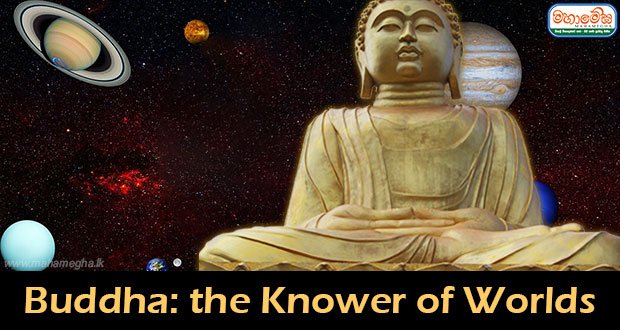
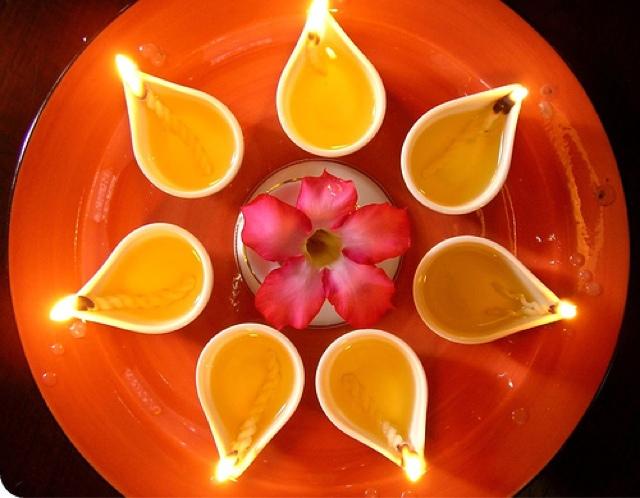

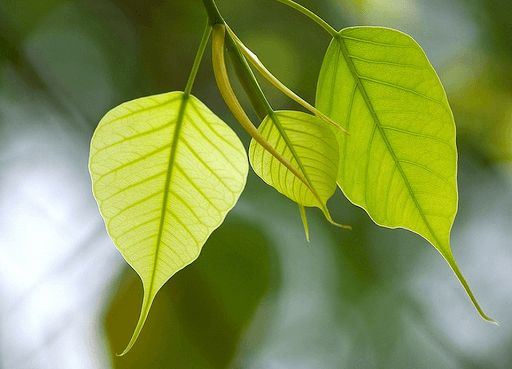

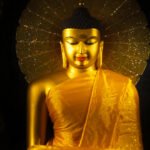



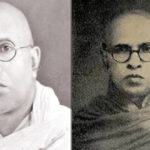


Recent Comments